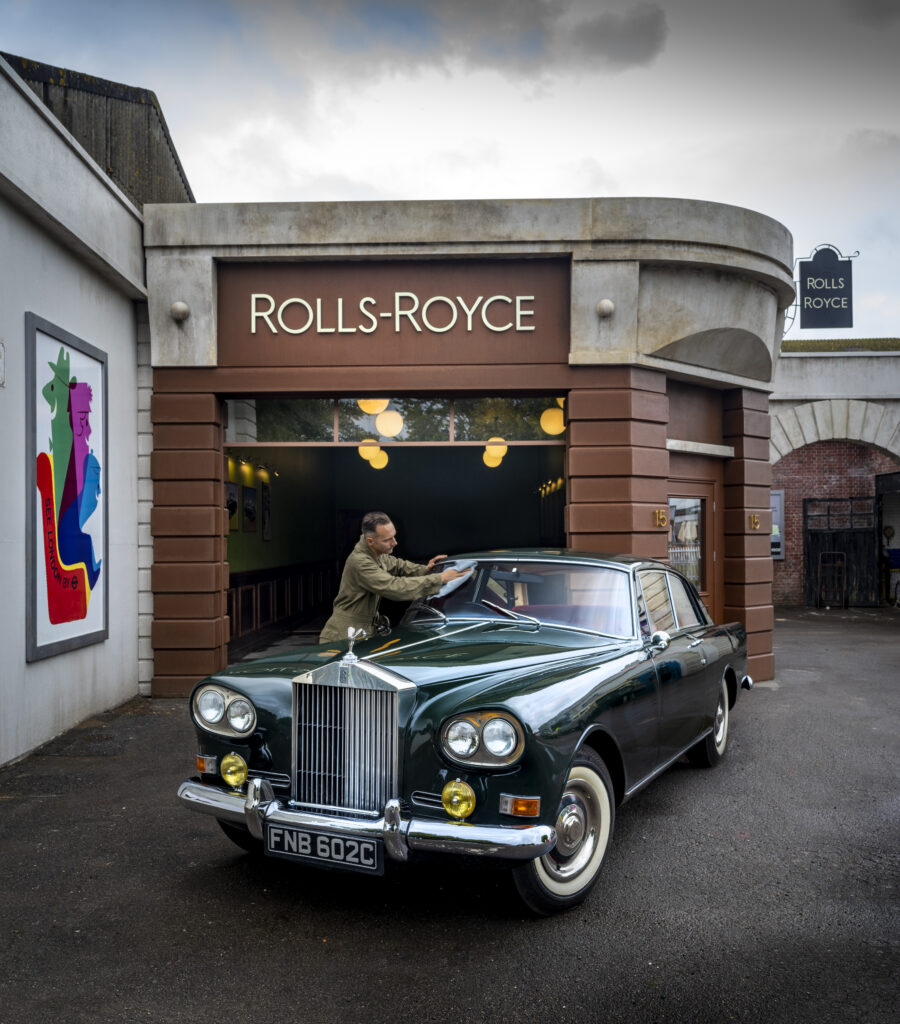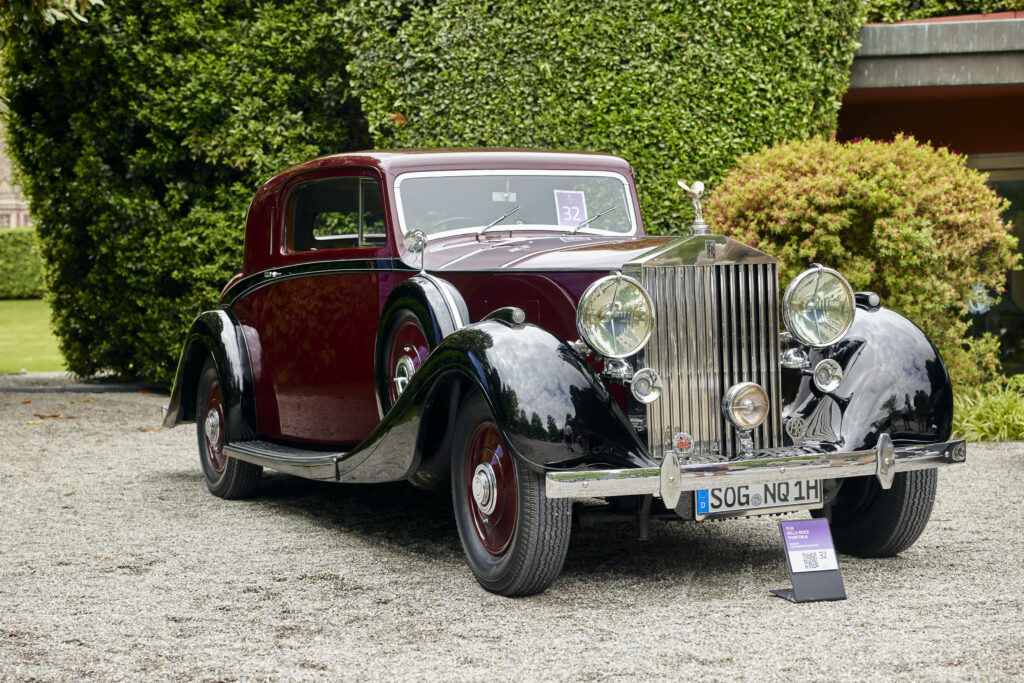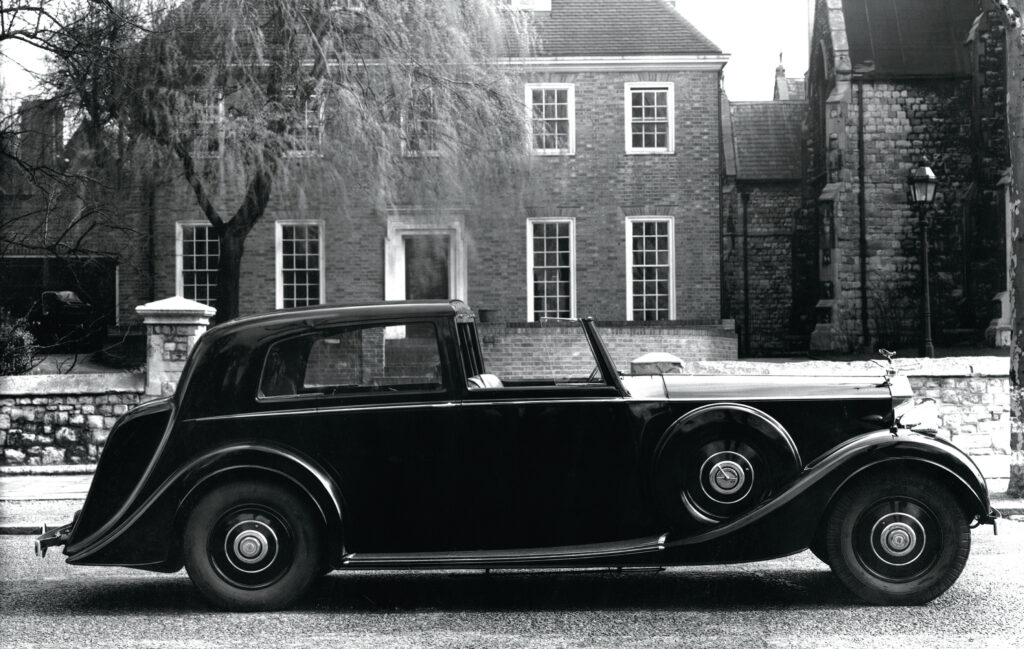THE 1940s THE ROLLS-ROYCE SILVER DAWN
MODELS OF THE MARQUE: THE 1940s THE ROLLS-ROYCE SILVER DAWN
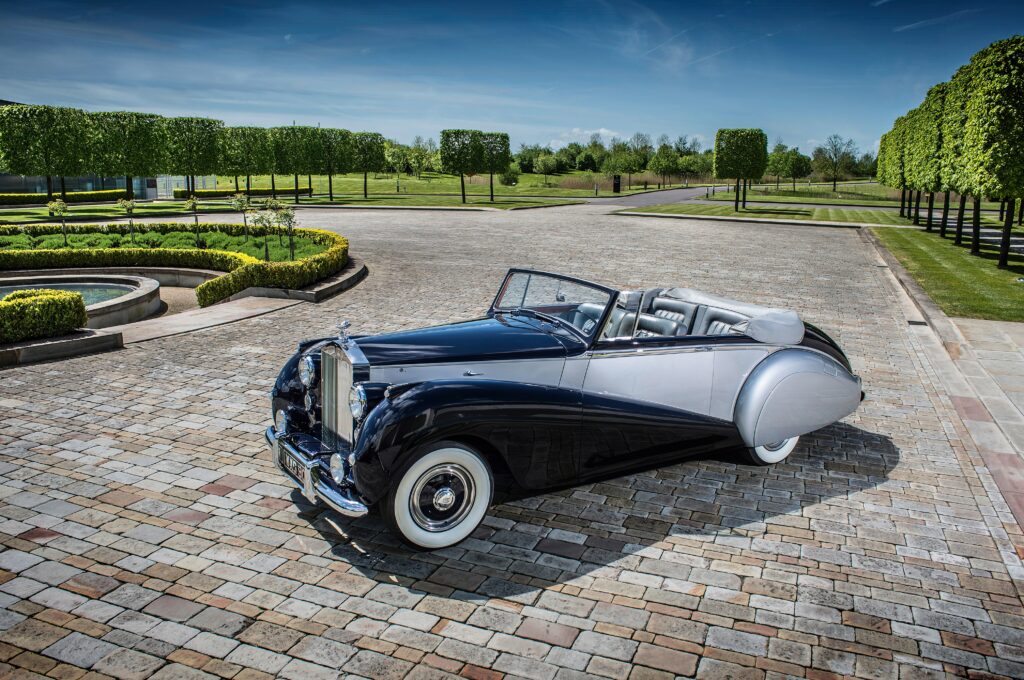
“For the first 40 years of its existence, Rolls-Royce built only rolling chassis, onto which independent coachbuilders installed bodywork specified by the client. It wasn’t until the late 1940s that the marque produced its first complete motor car – the Silver Dawn. Launched in 1949, it marked a profound change for Rolls-Royce, reflecting the realities of the post-war market while giving the marque more control than it had ever enjoyed over the exterior design of its products. It was also the second model to be built on a single, variable underlying structure, foreshadowing the Architecture of Luxury upon which all Rolls-Royce motor cars of the modern era are built.”
Andrew Ball, Head of Corporate Relations and Heritage, Rolls-Royce Motor Cars
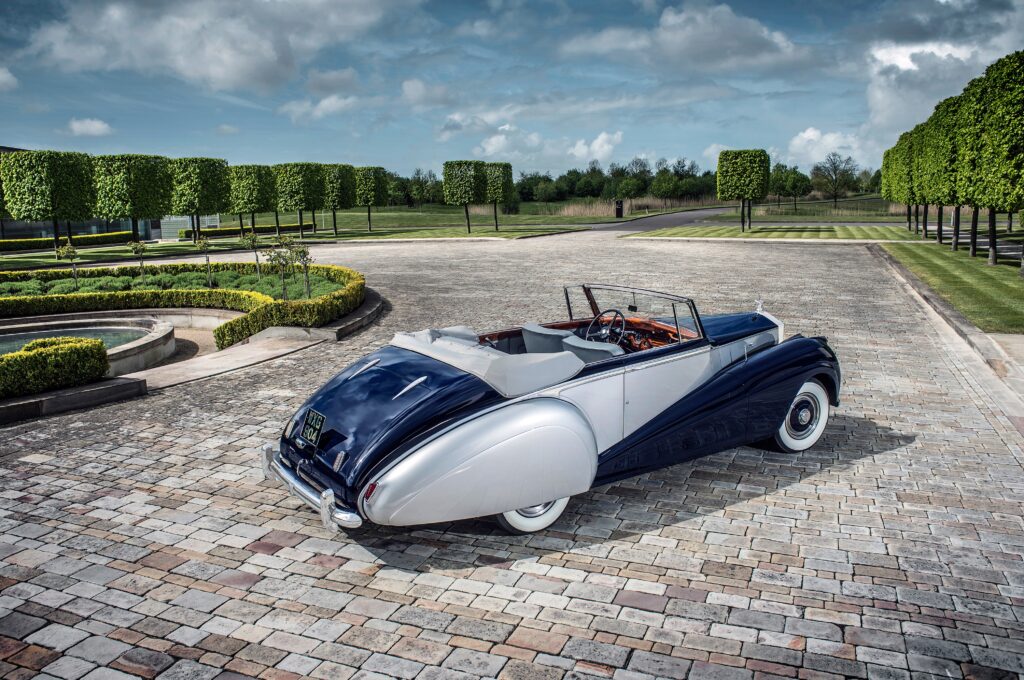
Although Rolls-Royce suspended motor car production between 1939 and 1945 to focus on building aero engines, design work on a new model continued in the background.
During the 1930s, Rolls-Royce offered three models, each of which included numerous parts that were unique to it and could not be shared between them. This significantly increased the manufacturing costs per car, which quickly became unsustainable during the austerity of the post-war years.
Rolls-Royce therefore faced the problem of reducing production costs without compromising quality or performance. The solution was new models that could share common parts, a new engine that could be offered in straight-four, six or eight-cylinder variants, and a single chassis that could be configured in variable dimensions. The latter can be seen as a precursor of the proprietary aluminium spaceframe, known as the Architecture of Luxury, that underpins every motor car built at the Home of Rolls-Royce in Goodwood today.
These ideas came together in a development programme for what would be known as the ‘Rationalised Range’. In 1946, Rolls-Royce launched the first such model: the Silver Wraith. This was a direct replacement for Phantom III, introduced in 1936. Like its predecessor, and indeed all the pre-war models, Silver Wraith was a rolling chassis designed to be fitted with third-party, coach-built bodywork.
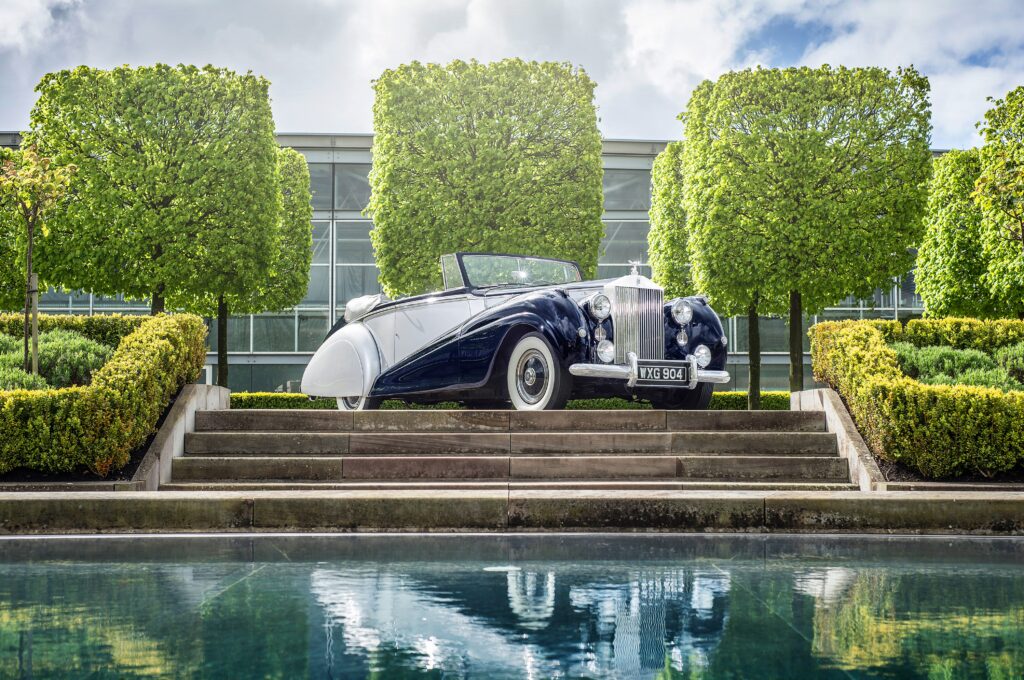
Rolls-Royce knew that to be commercially successful in these more challenging times, it needed a model that was less expensive and could be produced in greater numbers than was possible with traditional coachbuilding. So, for the first time in its history, Rolls-Royce decided to produce a complete motor car, with coachwork assembled in-house. In the same way that Silver Wraith replaced Phantom III, this new model would assume the mantle of the small-horsepower cars the marque had built in previous decades.
The second model in the ‘Rationalised Range’, the Silver Dawn, was launched in 1949, initially only as an export car mainly for the North American and Australian markets; it became available to UK clients in 1952. Of the 761 Silver Dawns produced, most were supplied with the ‘Standard Steel’ four-door saloon bodies produced in-house. But in deference to clients’ requirements, Rolls-Royce also offered the Silver Dawn as a rolling chassis, with some 64 coach-built examples completed in a production run that lasted until 1955.
As further proof of the Rationalised Range approach, by 1952, clients could specify both the smaller, complete Silver Dawn and larger Silver Wraith rolling chassis with automatic gear selection. Indeed, Silver Dawn would be among the very last Rolls-Royce models to be offered with a manual transmission. It would be more than half a century before the advent of the satellite-aided, eight-speed ZF automatic transmission fitted to all of today’s V12 Rolls-Royce motor cars – but the die had been cast.
Towards the end of its lifespan, Silver Dawn’s rear section was reworked by the then newly hired John Blatchley, who had learned his craft with renowned London coachbuilder Gurney Nutting before joining Rolls-Royce. His deft eye for detail not only allowed for greater luggage capacity, but also enhanced the motor car’s looks considerably; perhaps not surprisingly, he would go on to become the marque’s Chief Styling Engineer. In 2015, the nameplate was revived with Dawn, which was the best-selling drophead in Rolls-Royce’s history by the time production ended in 2023.
The ‘youngest’ Silver Dawn is now almost 70 years old. Yet even now, it offers an exhilarating experience for the driver and a restful ride for passengers over long distances in modern traffic conditions. It was and is, in every sense, entirely a Rolls-Royce.

